|
I've never seen a Chuck-will's-widow but I would love to. This was a really great find recently in the Yara-Majayara Protected Area at Baracoa by Roberto Jovel and his friends Juan Carlos Lobaina and Noel Coutin Lobaina. There are five species of the Family Caprimulgidae that have been recorded in Cuba. Antillean Nighthawk and Cuban Nightjar are the only two that breed whilst the other three are transients although Chuck-will's-widow does over-winter in small numbers. They have a distinctive onomatopoeic song but of course that is no help to finding them in winter. They are the largest of the five with a broad flat head and Nils Navarro has said that this is a female from the barring under the tail. Thank you Roberto for letting me use your photos.
0 Comments
We have only very occasionally come across adult Caribbean Ruby-eye Perichares philetes and when I saw this photo taken recently by Karlos Ross near Holguin I couldn't resist adding it here as it is the best photo of the species I have seen. Because they really only seem to fly at dusk unless disturbed it is necessary to use flash and that tends to burn out the eye on the photo. So well done to Karlos on a great photo. On this website I have continued to use the long-held traditional position of what is a butterfly - and what is a moth. But these days butterflies are now understood to comprise the superfamilies Papilionoidea and Hesperioidea. Otakar Kudma explains "This is a pragmatic solution. The superfamily Hesperioidea are now regarded as the sister group of the butterflies. Bearing in mind that all butterflies (Papilionoidea) have apposition eyes evolved specifically for daylight whereas all skippers (Hesperioidea) have super-position eyes, evolved originally for better night vision, and in some instances later adapted for daylight, the skippers are better regarded as day-active moths". And one simple example of this can be seen in the shape of the antennae which resemble those of Zygaenidae, a family that we consider to be moths not butterflies even though they fly in daylight. Caribbean Ruby-eye is usually seen only first thing in the morning and last thing in the evening but perhaps it also flies during the night too - we just don't yet know. It can of course be found if disturbed during the day from its resting place in forest shadow but the speed of flight makes it very hard to follow. And of course the larvae can be found at any time of day hidden within a folded grass blade secured closed with silk. And I will just make mention of one other group that I have not included in the butterflies here on the website. That is the Hedylidae which was for a while placed in the Papilionoidea but which is now placed in a superfamily of its own Hedyloidea. There are just 35 species all found in the Neo-tropics that are now placed in a single genus called Macrosoma. There is just one species in Cuba Macrosoma rubedinaria which we have never seen though we did find another species in Bolivia last year that I have not yet identified.
Well here it is - the big day has arrived! Carlos Mancina and his editorial team Rayner Núñez and Betina Neyra along with many other writers and contributors have been working very hard on this for quite a while and the result is a fantastic achievement and the first of its kind for Cuba. Its purpose is to raise awareness and the knowledge base in the Cuban population and so is a not for profit publication. You can download a pdf copy here. It is about 17Mb. So exciting and it will create a huge surge of interest that I'm sure will quickly lead to new discoveries.
It is a huge leap forward on what has gone before and great to see such a high quality of photos from many of the great local photographers. Who will be the first to photograph Great King Anetia pantherata in the wild in Cuba? and to discover its foodplant and photograph its larvae? I had the breath-taking privilege to watch an adult fly past me at close range on 23 June 2015 at Guanahacabibes and would love to go back and see it again- and photograph it! Who will be the first to find and photograph the larvae of Holguin Skipper Holguinia holguin? And will Cuban Purplewing Eunica heraclitus be rediscovered or is it really extinct? I expect the first two of these challenges will be achieved in the fairly near future but the latter is a very long shot as it has been more than a century since one was seen and Cuba has changed a lot in that time. And what will be the next in this new series of Guías de Campo? I don't know but there are lots of candidates - mammals, reptiles, dragonflies and amphibians. And the great thing about doing them as pdf's means that they can be updated and reissued regularly at hardly any cost as new knowledge is gained. And finally I would also like to say a big thank you to Luis Roberto Hernández because he was the forerunner of this with his book in 2004. A lot of things have changed since then and much knowledge has been gained by some great science being done on the island, not least that a further 14 species of Calisto have been discovered. His book and the fact that it was unavailable in Cuba was the catalyst to the creation of this website which was done partly so that the Cuban people could access information on butterflies as internet access became more readily available. That went well until my host provider, which I hadn't realised at the time was a US company, decided that Cuba was a security threat and banned access from Cuba in 2018. Hopefully now that the criminal occupant of the White House is on his way out then things might change in the not too distant future. All except one of the approx. 64 species of Anolis lizards found in Cuba are endemic to the island. The exception is the ubiquitous Anolis sagrei Cuban Brown Anole though a couple of other species have also been introduced into other locations. The lack of a complete Field Guide to the Anolis of Cuba does a huge disservice to our knowledge and understanding of this group. The last publication which attempted it was back in 1999 by Rodríguez Schettino, Lourdes with publication of The Iguanid Lizards of Cuba by the University Press of Florida. It was good start but very incomplete and there were no photos of live specimens but just one artists illustration per species covered. In 2013 the Smithsonian Herpetological Information Service published the Reptiles of Cuba: Checklist and Geographic Distributions by Lourdes Rodríguez Schettino, Carlos A. Mancina & Vilma Rivalta González. It has detailed distribution maps and localities for all the Cuban reptiles and is a great piece of work but its not a Field Guide. It is available as a downloadable pdf which is the best way for Cubans since the purchase cost of a hardback copy is prohibitive to most. The distribution map for Anolis loysiana Spiny Anole shows that it is widespread and I've taken the liberty of copying it below. It is odd therefore that there are no photos of this species on the internet - that I can find anyway. Until very recently that is. In August of this year Alexis Callejas Segura who lives at Santiago de Cuba posted some pictures on iNaturalist and just recently on one of the Facebook groups. Perhaps this is due to the fact that although people have taken pictures of them they haven't been able to identify them so do not put the pictures in the public domain. What I do know is that there are several species (pumilus/centralis/litoralis) that look very similar, and at this stage I, and I suspect most other people, don't know what the subtle differences are. I've said it before but I'll say it again that I think the way forward has to be to publish what is known as an open source pdf and then as more knowledge is gained the pdf can be revised and reissued. But in the mean time the dissemination of knowledge and the stimulation of interest would be huge. A big thank you to Alexis as although the pictures are fairly low res it is a great start, not to mention a first.
Following the last blog I wrote to Prof. Jean Haxaire to see if he had any photos of the final Sphinx moth that occurs on Cuba called Cocytius haxairei and he kindly sent me a photo of a set specimen that he has in his collection. He has also corrected me on the identification of another species which I had down as Callionima parce but which is in fact Callionima falcifera. The former does not occur on Cuba. Thank you Jean. I hope that having photos of all the Cuban species in one place will make it easier for anyone finding a Sphinx in Cuba to work out what it is.
I have just done an update to the Sphinx moths (Hawk-moths) here on the website. 59 species have been recorded in Cuba, though it could well be more now as the list was compiled back in 2012. I had previously added the species for which I had photos, both those that I had taken and those from our friend Douglas Fernández on the island. We have also come across a few larvae on our travels there and had included those too. I was pleasantly surprised, when I put my mind to searching for other open source material to fill in the gaps, how many people actually allow their pictures to be used on the web for a non-profit purpose. Full marks to them and I'm very grateful as this website now features 58 of those 59 species. Not all of the pictures have been taken in Cuba but I have chosen ones that have been taken from as near to Cuba as possible like Florida, Mexico or Hispaniola. There are some wonderfully striking species like this Eumorpha mirificatus which is endemic to the island. The above was taken by Jean Haxaire who is an associate professor of biological sciences and a researcher. He specialises in the Sphingidae of the world with a special interest for their systematics and evolutionary history. He has traveled all over the world in his quest and has so far discovered/described about 100 new species of the family. The one species on the Cuba list that I am missing is actually a species that was named after him. It is another endemic called Amphonyx (Cocytius) haxairei (Cadiou, 2006). Perhaps I'll contact him to see if he has a picture of it that I could use. The Pluto Sphinx Xylophanes pluto is more widespread though we have not come across it yet. The adults are a handsome cryptic green but I was particularly struck by this photo of one of the larval instars that is such a wonderful snake mimic. That sure would give a small bird a hell of a fright. And check out this Giant Sphinx Cocytius antaeus. The name says it all I guess. As always if any readers have photos of Cuban species especially if they were taken on the island and you would be happy to share them then please do get in touch.
Karlos Ross the bird guide at Holguin posted some lovely pictures of these two male Cuban Coast Anoles Anolis jubar that he found fighting in his yard at Holguin. They are similar to Anolis sagrei but have a different dewlap pattern with more yellow at the base. I haven't yet figured why we sometimes see them commonly at Guardalavaca and at other times they seem absent. In threat posture they raise the crest along the neck and back but the jagged crest along the tail is fixed. Karlos says he watched them fighting ferociously for 23 minutes before the local male drove off the intruder. Thank you Karlos.
OK well it's not that new, it's probably been around for millions of years, and it's not even the first time it has been found - but it is the second! The first time was back in 2012 at Gibara on the north-east coast of Cuba and the finders have waited to find more until formally writing it up as a new species. Last month an expedition to the same area has found a second specimen and here it is. It is said to be a new species of the genus Arrhyton or Racerlets of which there are eight other species in Cuba and all are endemic. Two are widespread and the others are very restricted in range. We'll have to wait for more detail when the paper is published but I love the thin wiggly worm-like tail which, like other snakes I suspect is used to attract prey like frogs into range so that they can be caught. Many thanks to Sandy for letting me use his picture.
|
Welcome to our Blog
Here we will post interesting news about what we and others have seen in Cuba. Archives
July 2024
Categories |
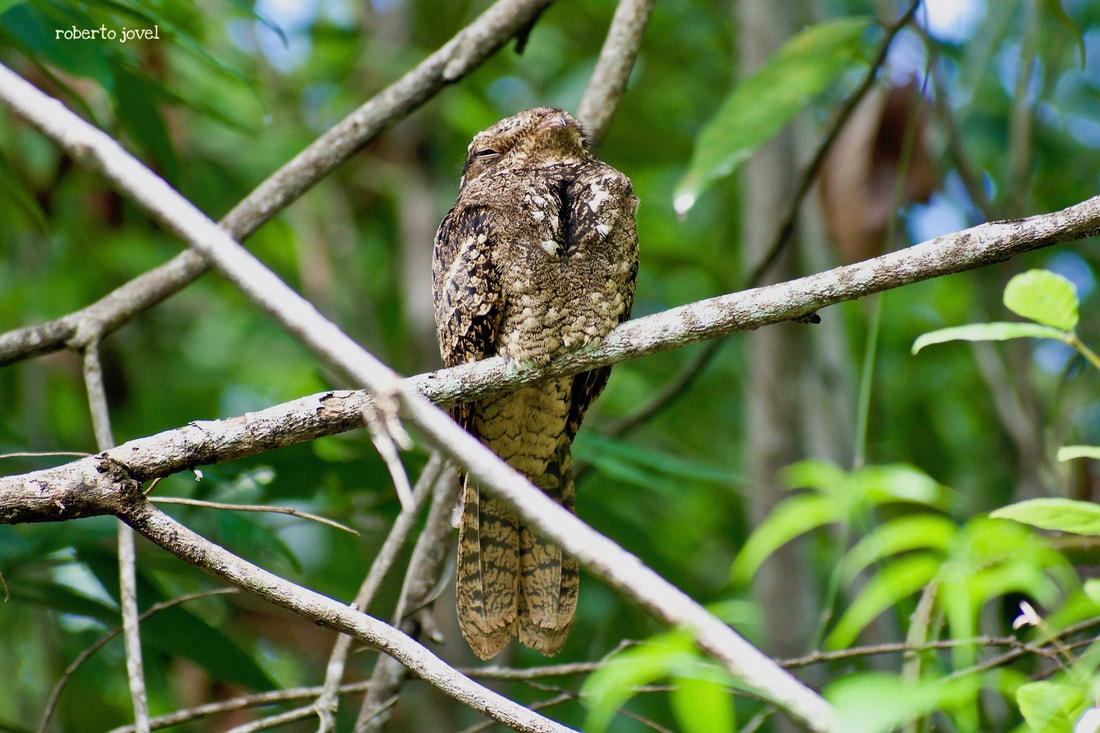
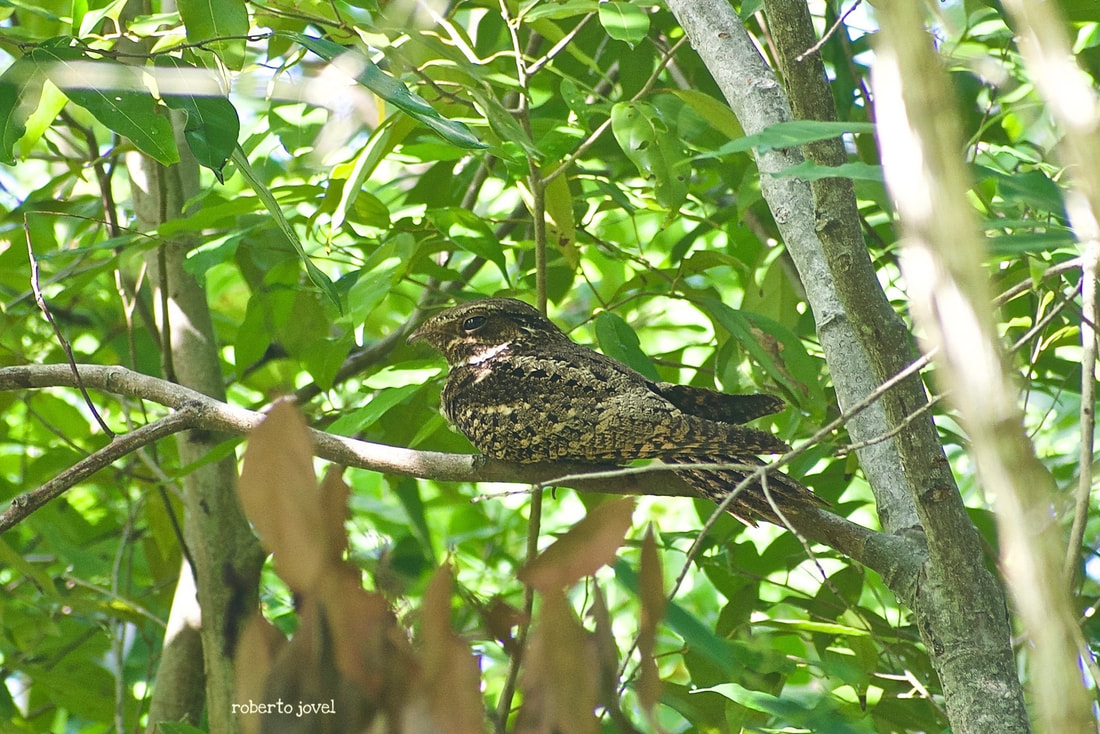
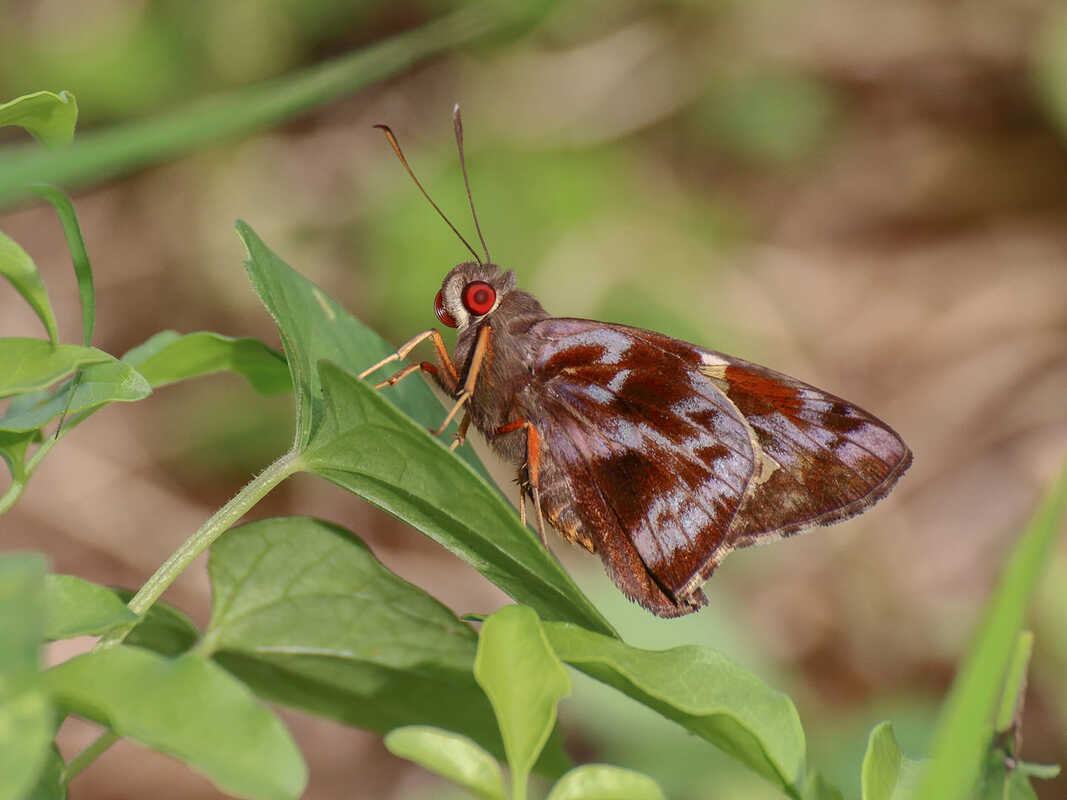
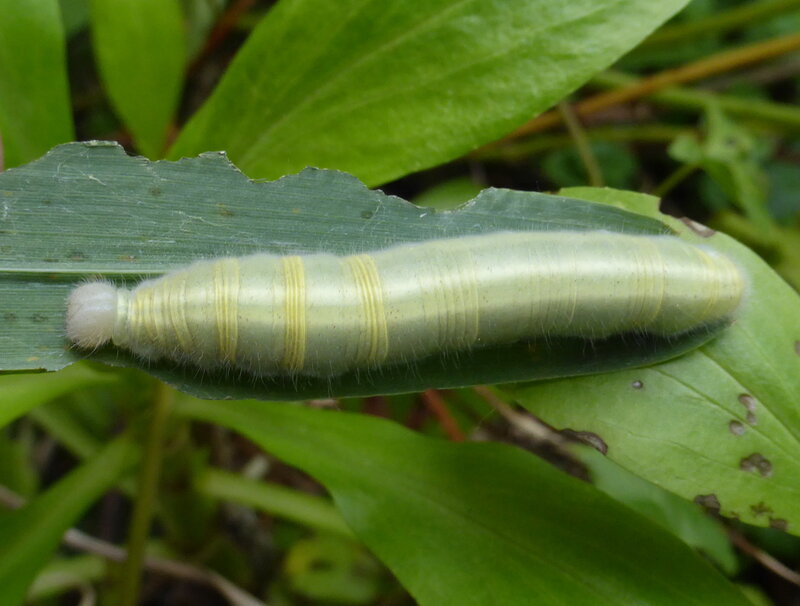
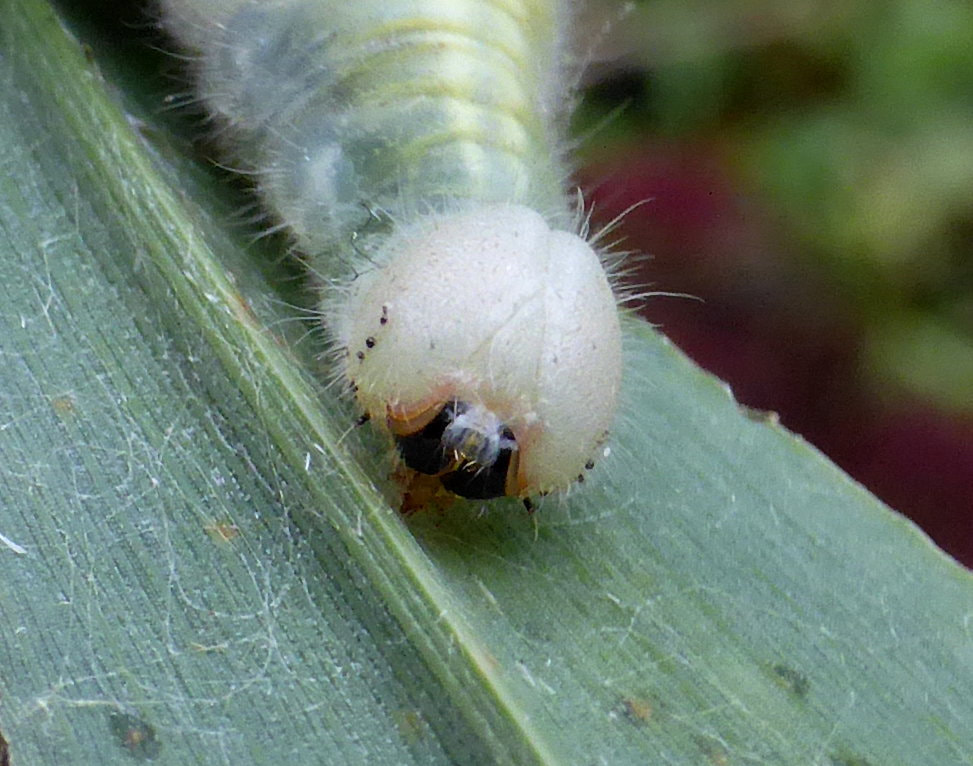
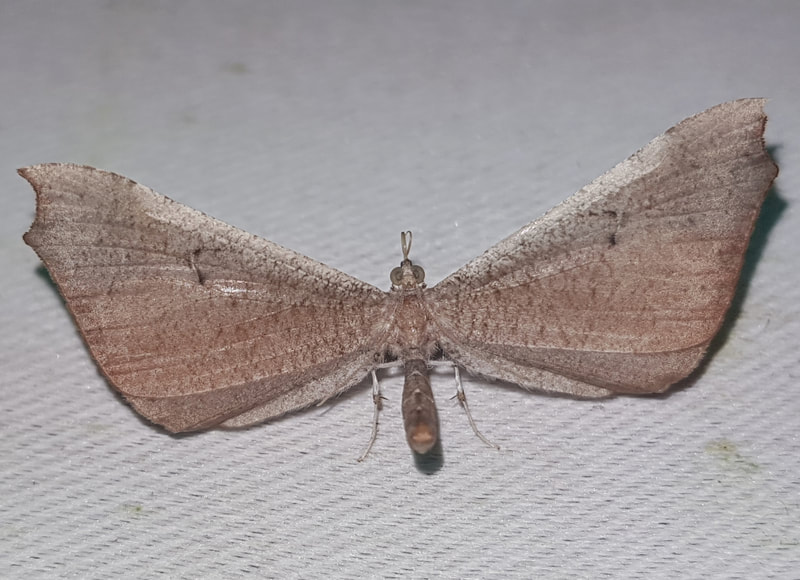
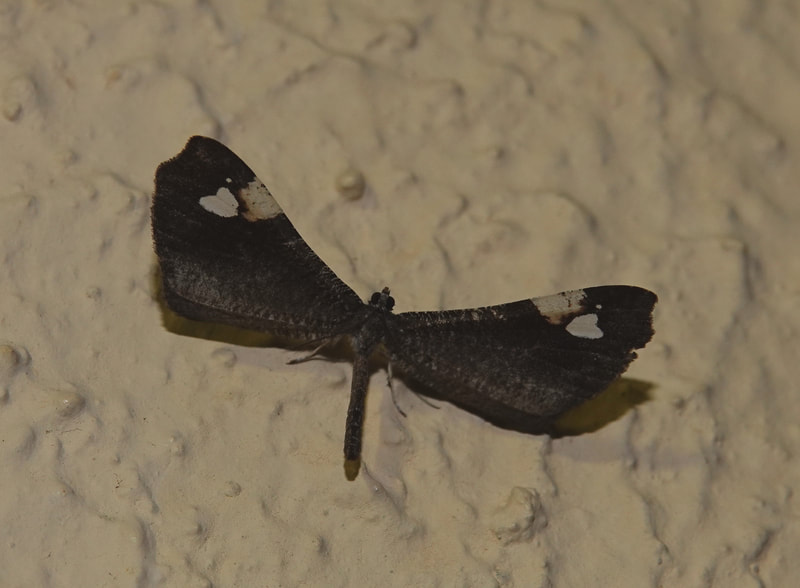
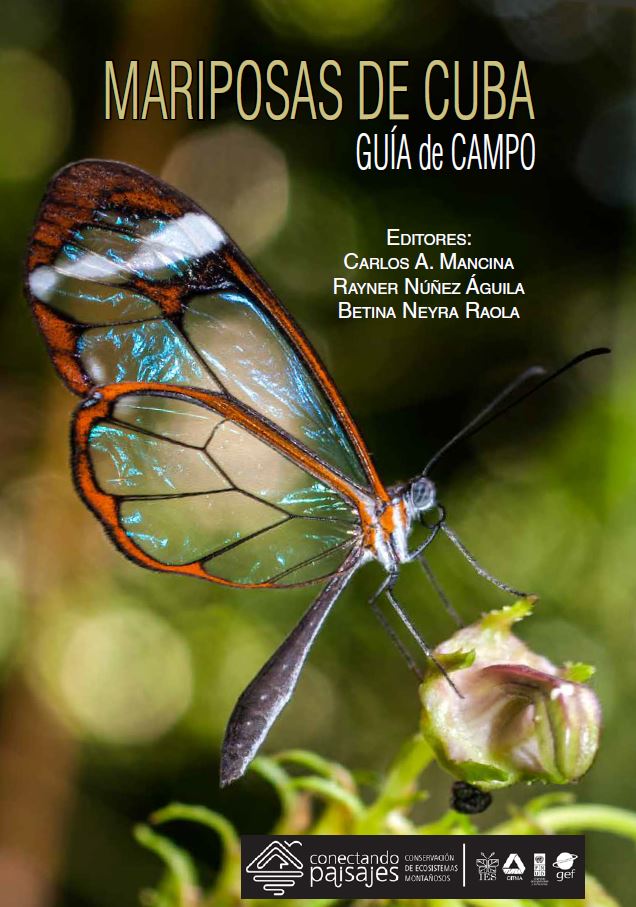
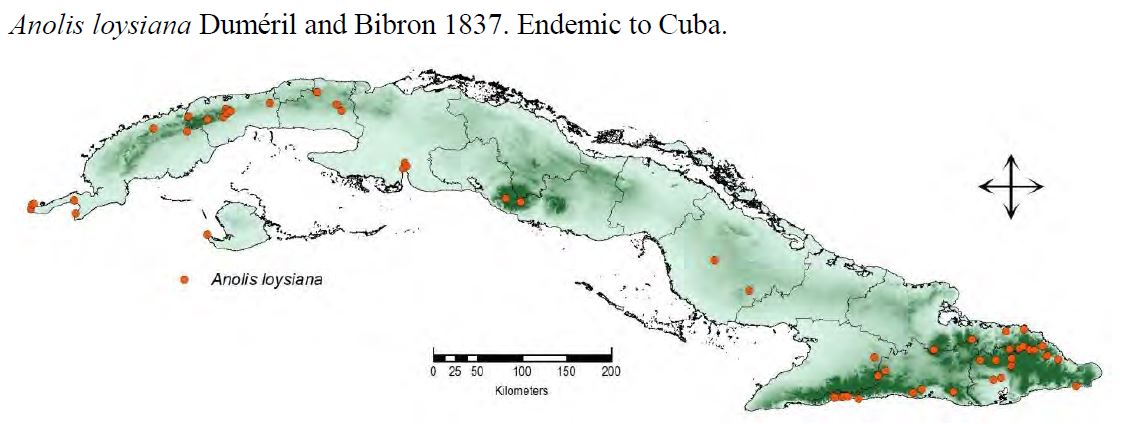
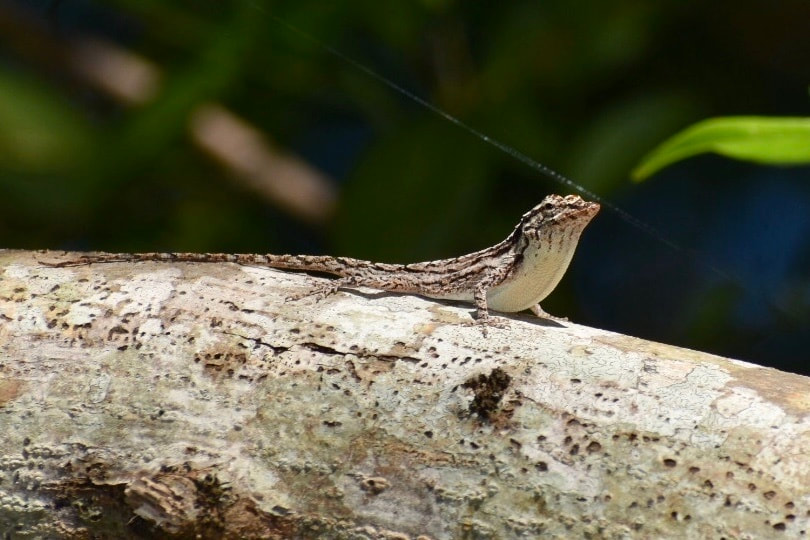
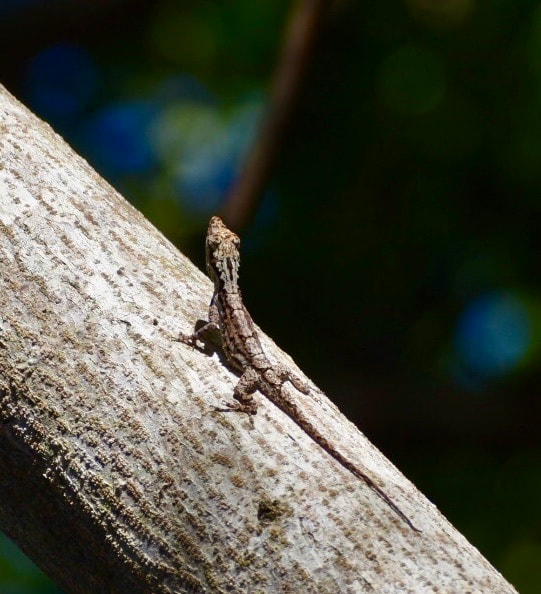
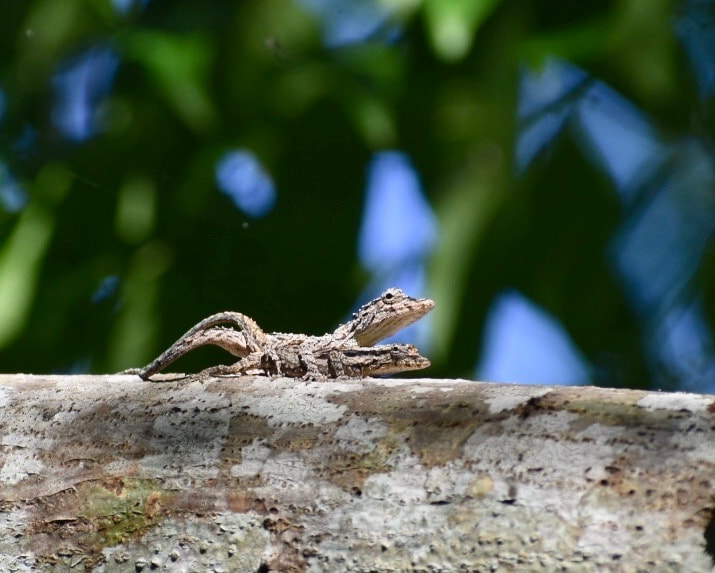
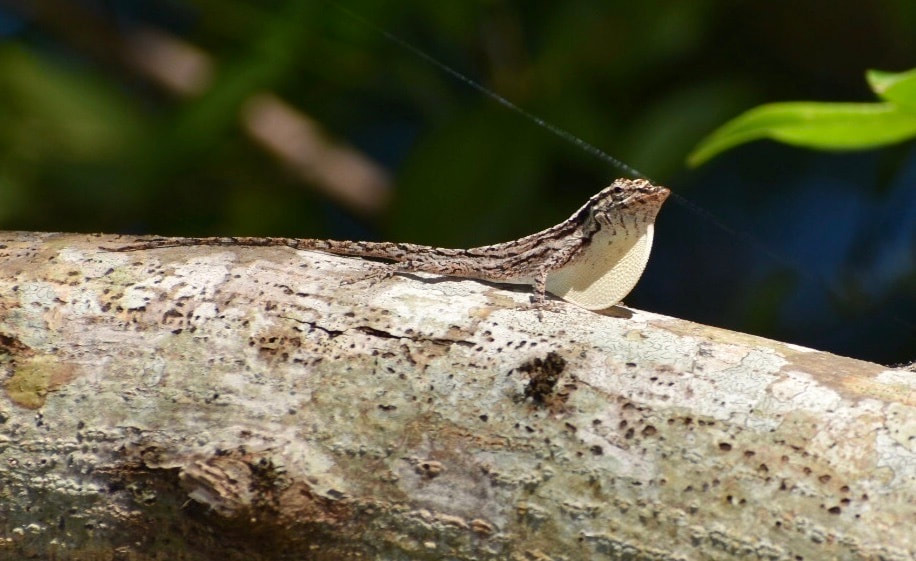
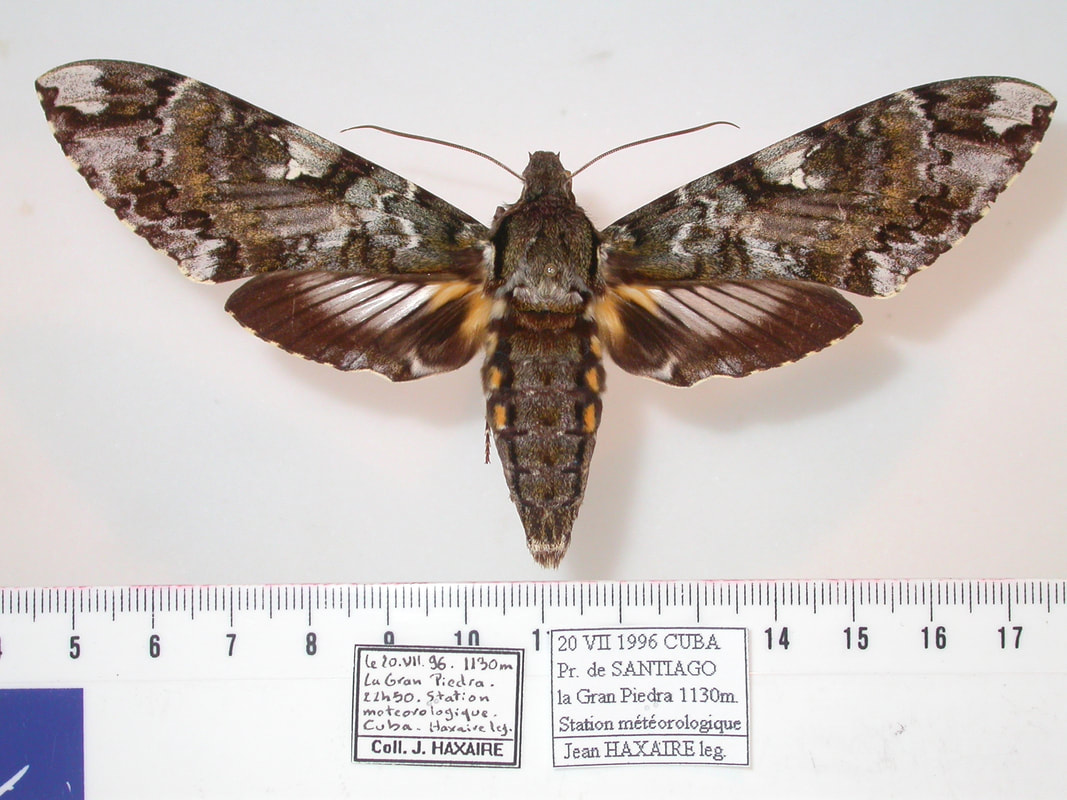
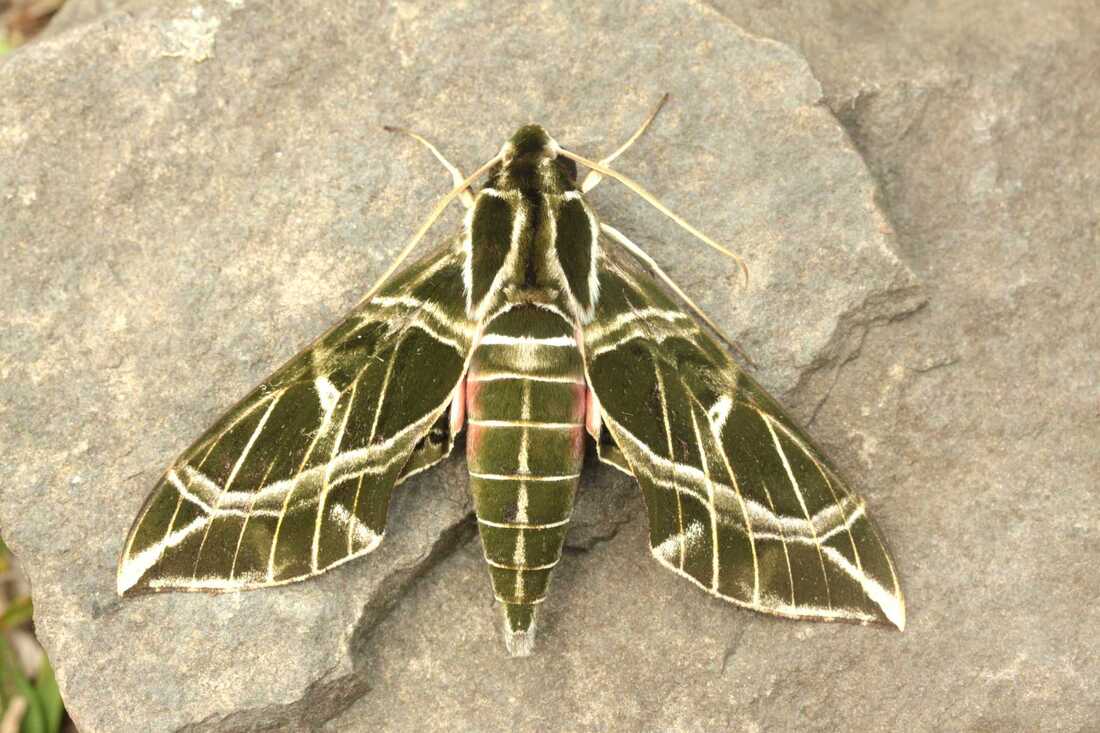

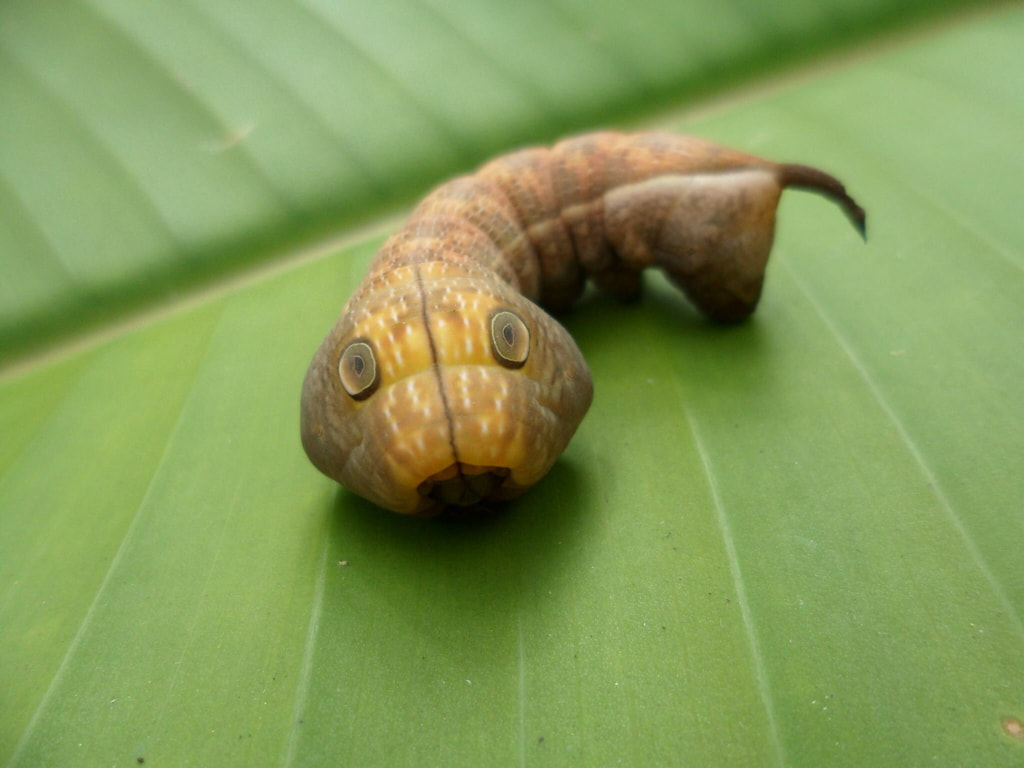
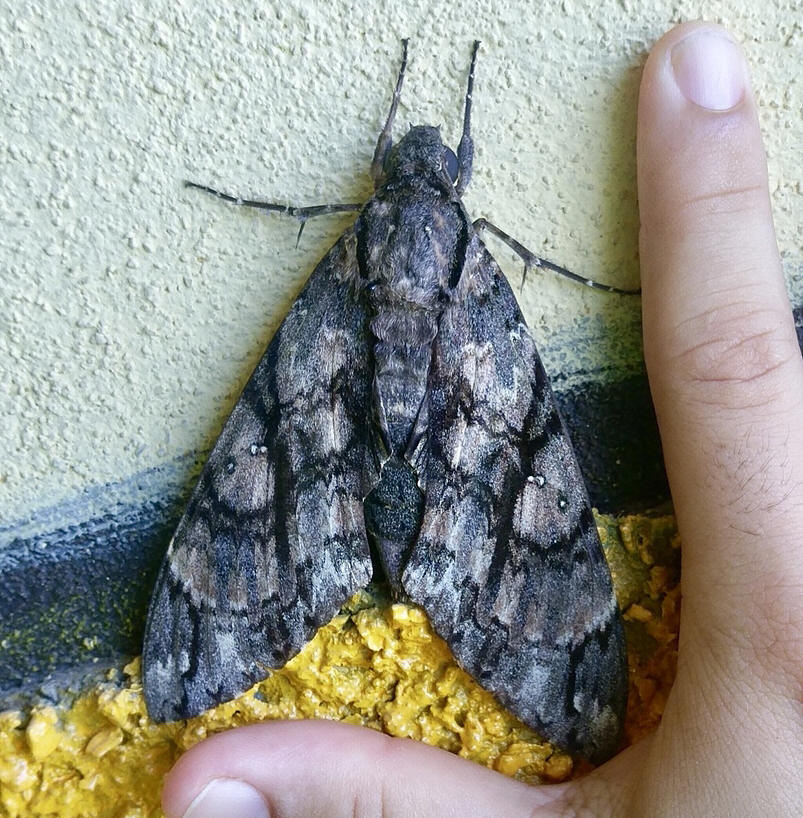
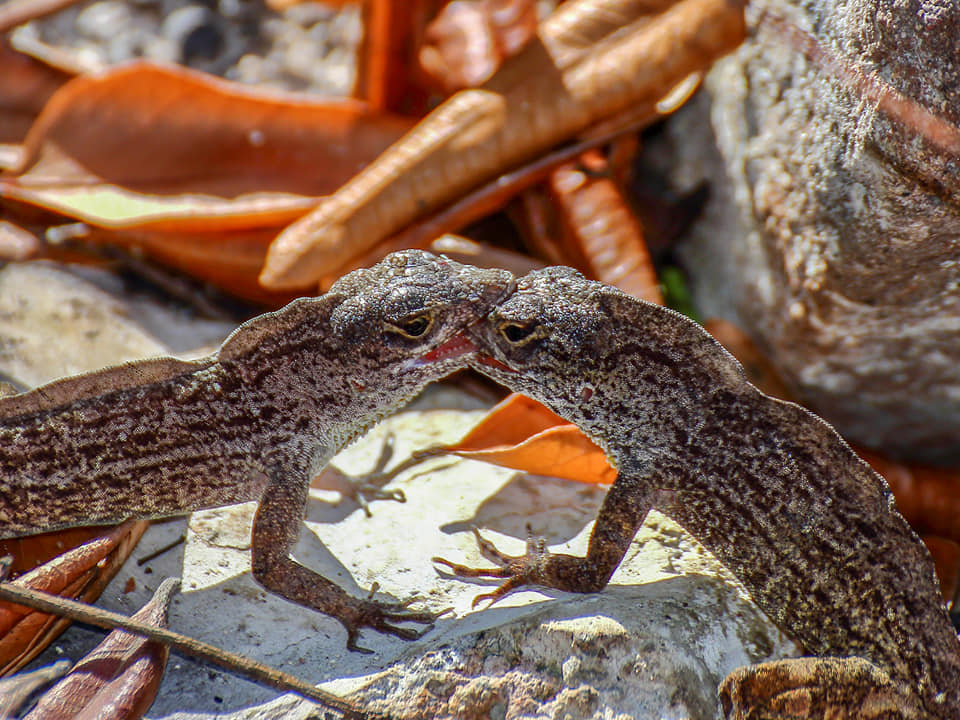
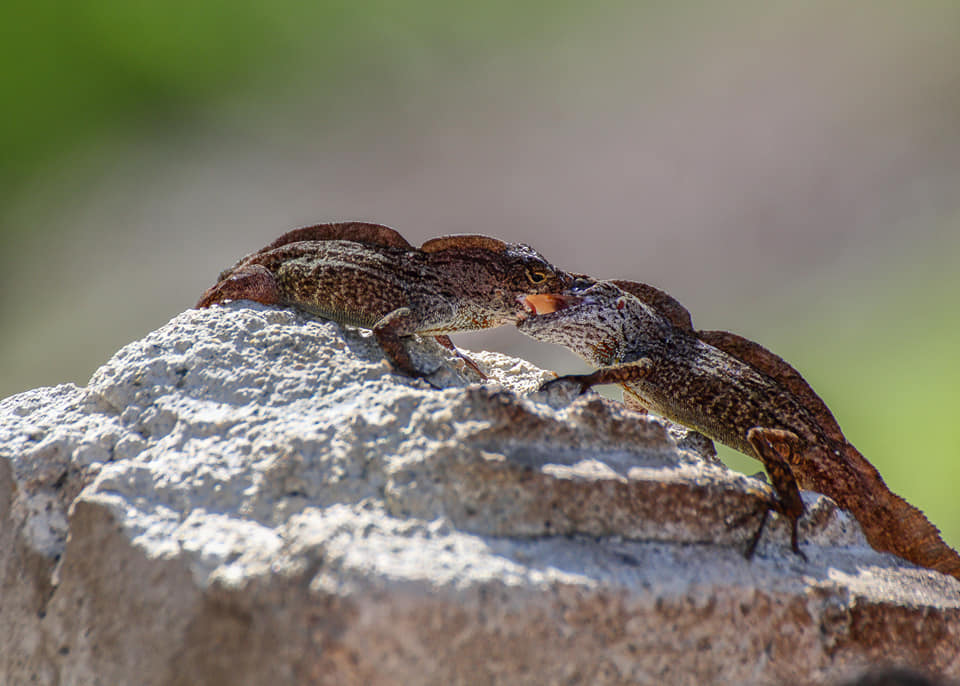
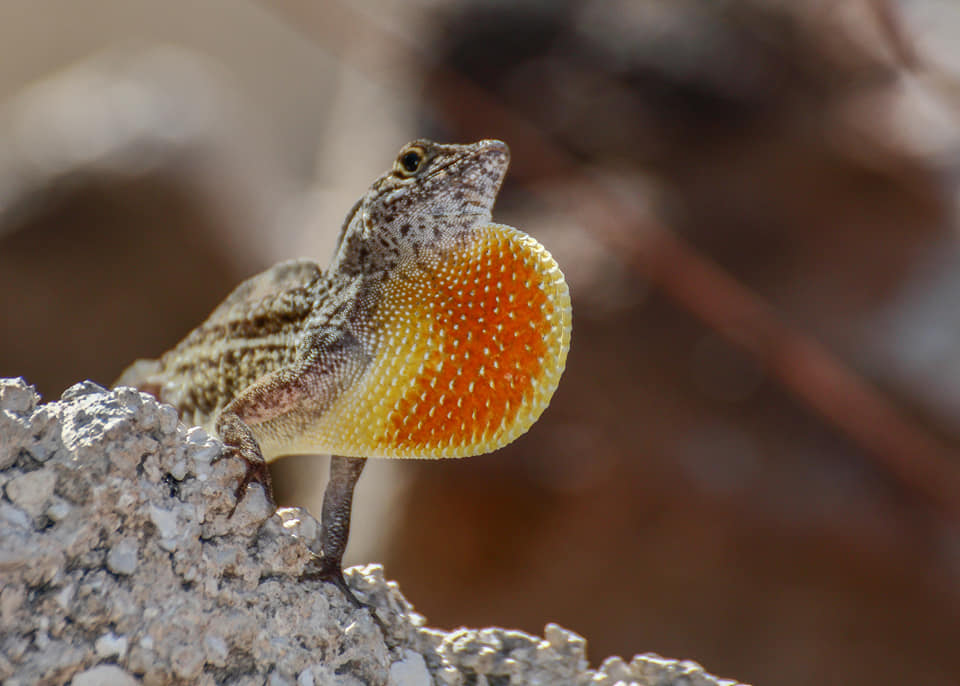
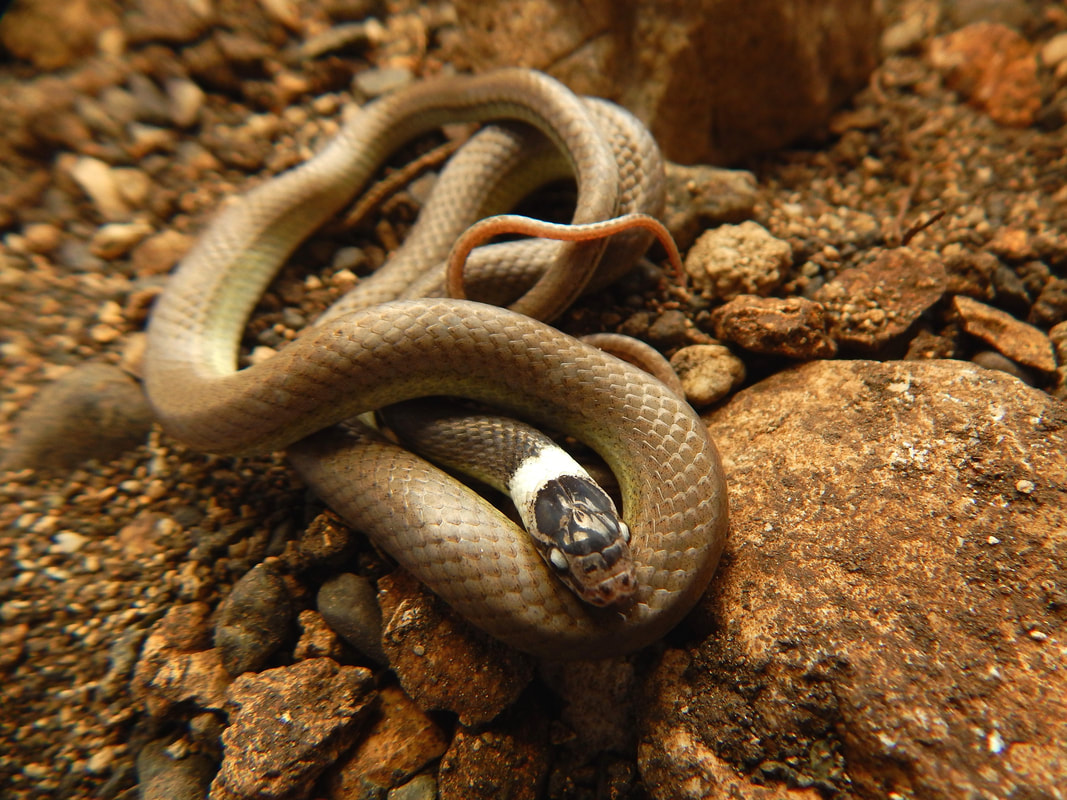
 RSS Feed
RSS Feed